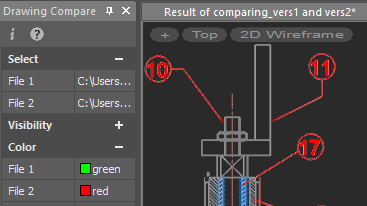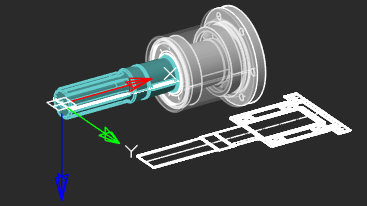

nanoCAD 3D modeling- a powerful CAD software for direct and parametric modeling
nanoCAD’s 3D Solid Modeling module extends the nanoCAD platform with direct and parametric modeling. It is designed to construct 3D assemblies with 3D constraints and xrefs, and to handle sheet metal modeling.
New in 3D Solid Modeling Module
- New method for building a section
- Improved Layer Control for 3D Solids
- Convert to Solid (CONVTOSOLID) command
- Direct Modeling (3DDRAFTINGMODE1) mode
- Change Colors of 3D Solid Faces via Properties Panel
- Advanced surface editing capabilities
- Automatic Hiding of Tangent Edges
Get Started
Key Features


Parametric 3D Solid Modeling

Direct 3D Modeling

Natural 3D Modeling UI

Associativity of 3D Models and Drawings

Model Exchange Via Import/Export

Bounding Prisms

External References

